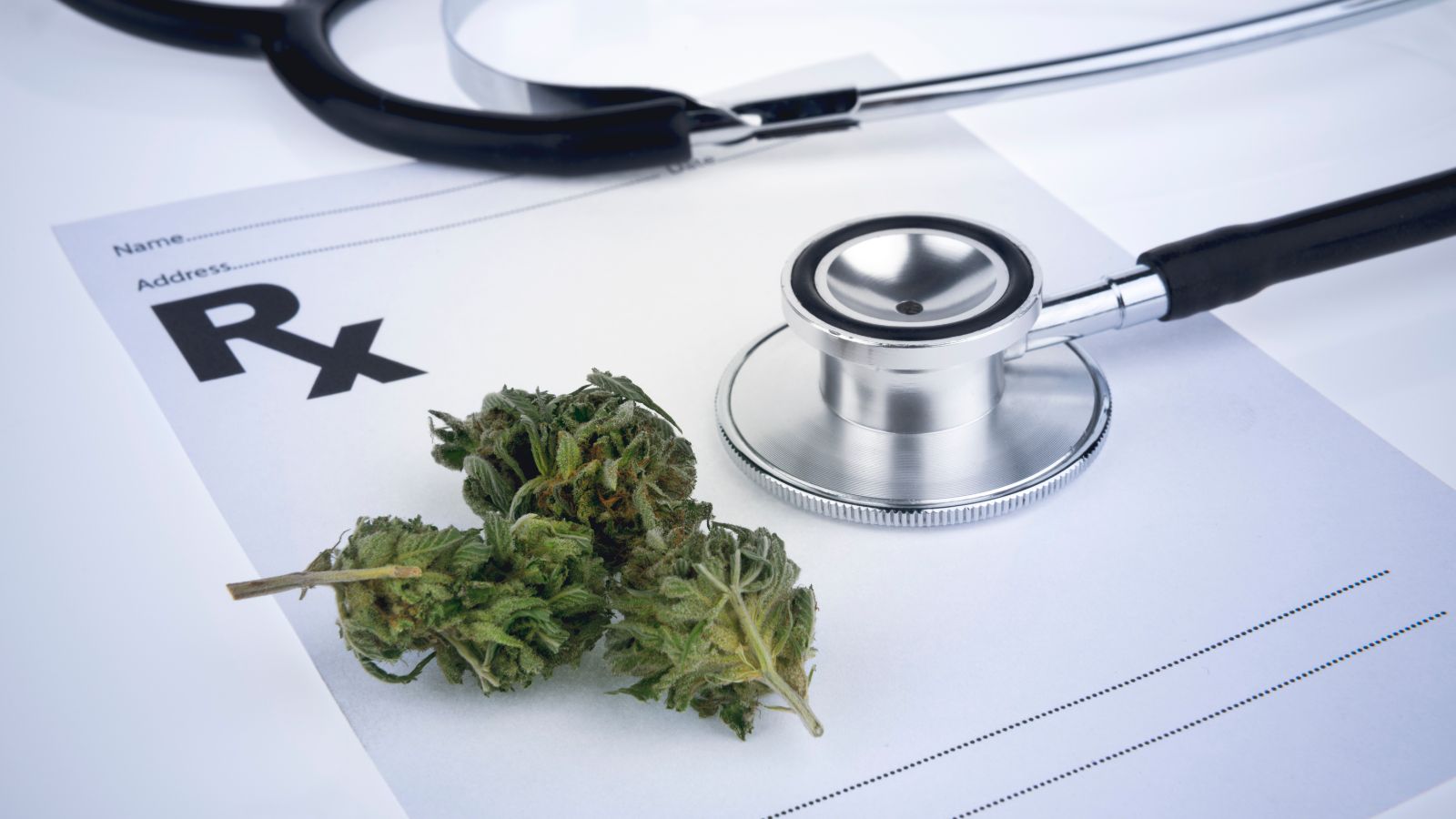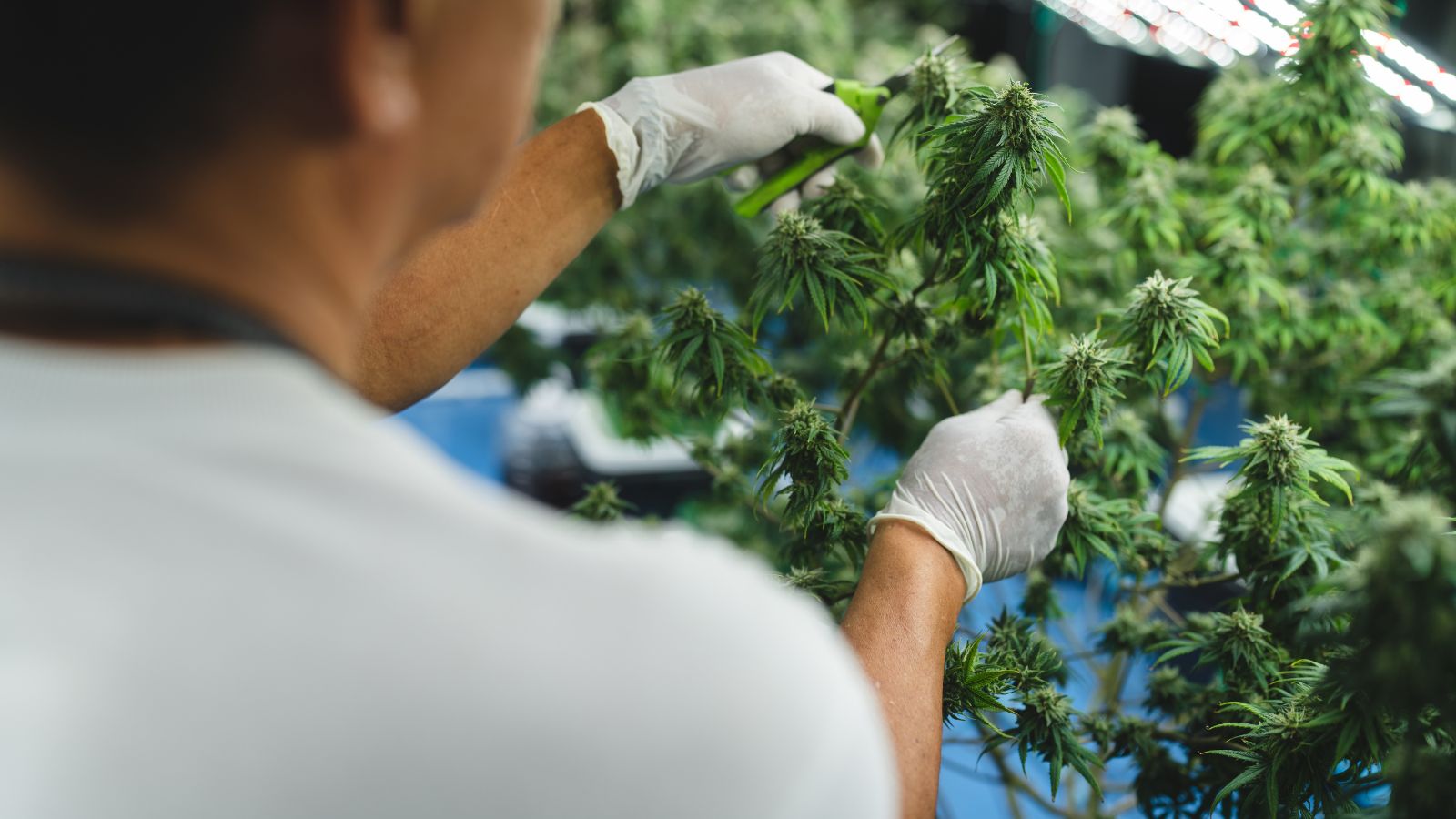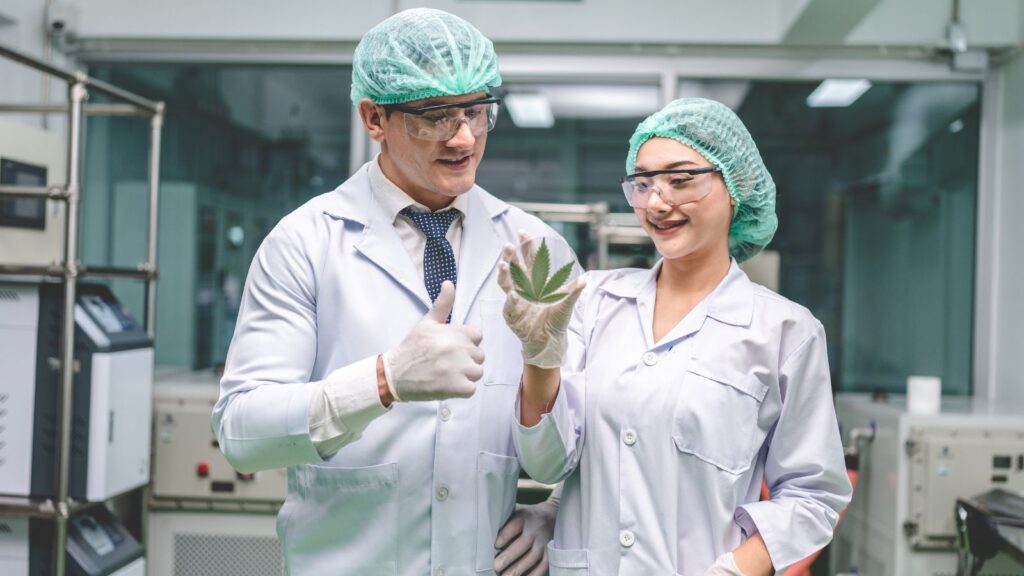Texas is stepping into the cannabis spotlight, and companies like highvendor.com and 1-8oz are leading the charge, offering Texans a taste of what’s possible as of March 2025. The Lone Star State hasn’t gone full green—recreational weed’s still a no-go—but its medical program, expanded in 2021, has sparked a quiet boom in dispensaries. Picture a dispensary in Texas as a lifeline for patients, stocked with tinctures and gummies, not the smoky vibes of Colorado. This guide dives into what these spots offer, from legal quirks to the standout traits that make them shine in a state playing catch-up.
The journey here’s been cautious—Texas loves its rules—but dispensaries are carving a niche, serving everyone from Austin hipsters to rural ranchers. With hemp adding a twist, the scene’s evolving fast. Let’s explore what defines a dispensary in Texas and why it’s worth a look.
Texas Cannabis Laws: A Slow Burn
Texas keeps it tight. Recreational marijuana? Illegal—half an ounce can mean a $2,000 fine or six months in jail. Medical use, though, got a boost with the Compassionate Use Act. Updated in 2021, it covers conditions like PTSD, cancer, and neuropathy, but THC caps at 1%—a far cry from California’s 30% buds. Patients need a doctor’s nod and a state-issued card to shop.
The Texas Department of Public Safety runs the show, licensing just three dispensaries statewide—talk about exclusive. Smoking’s banned; you’re stuck with oils, edibles, or vapes. Hemp’s a different beast—legal since 2019 under the Farm Bill, with 0.3% THC max, it’s sold everywhere from gas stations to specialty shops. A dispensary in Texas bridges these worlds, focusing on medical precision over recreational flair.
Local control’s spotty—some counties ban hemp shops, pushing medical patients to urban hubs like Houston or Dallas. It’s a patchwork, but dispensaries make it work, serving a niche crowd with strict rules.

What Makes A Texas Dispensary Stand Out
Walk into a dispensary here, and it’s all business—think sterile counters, Highvendor’s low-THC tinctures in neat rows, and staff in lab coats. It’s less “head shop” and more “pharmacy lite,” built for patients, not partiers. Quality’s locked down—every product’s lab-tested, THC capped at 1%, with CBD ratios front and center for transparency.
Staff are gold—certified pros who decode your prescription, pairing 0.5% THC oils to chronic pain or CBD-heavy drops to anxiety. Inventory’s slim but sharp—tinctures, gummies, maybe a vape cartridge—nothing flashy, all medical-grade. The best weed dispensary in Texas nails this: expertise over excess, in a state that demands precision.
Locations are few—three statewide means travel for most. Hours flex—8 a.m. to 6 p.m.—and some offer delivery, a godsend for rural folks in Lubbock or Amarillo. It’s not a bustling storefront scene; it’s a lifeline with a Lone Star twist.
Product Offerings In Texas Dispensaries
Products here are tame but effective. Medical patients snag 1% THC tinctures—think 20mg per bottle—or CBD gummies for inflammation. Highvendor might roll out a hemp-derived salve, while 1-8oz.com could hook you with precise-dose edibles—5mg delta-9 squares, legal under hemp rules. No flower, no smoke—Texas keeps it clinical.
Testing’s ironclad—state labs check every batch for THC limits and contaminants. Labels spell it out—potency, serving size—so dosing’s foolproof. Prices sting—$40 for a tincture, $60 for a vape—thanks to scarcity and regulation. Compare that to hemp shops selling $20 CBD oils; medical’s pricier but controlled.
Stock’s curated—small runs keep it fresh, with occasional hemp extras like delta-8 vapes sneaking in under federal law. It’s not a buffet, but what’s there works, tailored to Texas’s strict playbook.
Economic Ripple In The Texas Market
Texas’s cannabis economy’s a slow simmer—$100 million in medical sales for 2024, peanuts next to Colorado’s billions. But in a state this big—29 million strong—it’s a start. A dispensary in Texas fuels this—each sale spins off jobs, from budtenders in San Antonio to growers in the Hill Country.
The trio of licensees employs maybe 100 statewide—lean, but impactful. Delivery drivers hit rural routes, keeping cash local in places like Abilene. Taxes are light—sales tax only—but hemp’s $500 million haul adds heft, funding roads and schools bit by bit.
Contrast that with retail sprawl elsewhere—Texas’s tight cap keeps costs high but quality pure. Patients get relief, businesses stay lean, and the state dips a toe in green revenue without diving in.

Challenges Facing Texas Dispensaries
It’s a tough gig. Supply’s a bottleneck—three outfits can’t grow fast enough, leaving shelves bare in peak demand. Weather’s a beast—summer heat warps hemp fields, winter floods stall deliveries to El Paso. Licensing’s frozen—no new players till lawmakers budge, which ain’t soon.
Regulation’s a maze—DPS audits hit hard, and one THC slip can shut you down. Public vibe’s mixed—urban Austin cheers, rural Tyler jeers, seeing dispensaries as “drug dens.” Education’s slow—proving medical worth in a state wedded to oil takes grit.
Access is brutal—three spots for 268,000 square miles? Patients in Midland might drive four hours. Delivery helps, but rural gaps yawn wide. The best weed dispensary in Texas fights this with reach and resilience.
Why Patients Trust Texas Dispensaries
Ask a patient in Houston, and it’s about results. A budtender recalls your migraines, swapping last month’s oil for a 1:1 vape—relief hits fast. Trust’s huge—lab-backed doses mean no guesswork, vital when you’re ditching pills. Convenience seals it—delivery to Waco beats a pharmacy run in traffic.
Products fit Texas life—tinctures for discreet desk use, balms for ranch hands’ aches. Discounts ease the sting—10% off renewals softens that $150 card fee. Rural reach wins too—a drop-off in Brownsville saves a day’s drive, making care real for the far-flung.
Service shines—staff know your name, not just your script. In a state this big, that personal touch turns a dispensary into a partner, not a pitstop.
The Road Ahead For Texas Dispensaries
What’s next? Medical’s locked—2024 bills for expansion flopped, keeping THC at 1%. Recreational’s a long shot—40% public support’s too shy for Austin’s taste. But hemp’s booming—$600 million projected for 2025—and dispensaries could tap that, blending medical and hemp under one roof.
Delivery’s the future—think same-day runs to Tyler by 2027. Prices might dip—$30 tinctures if supply grows. Perception’s shifting—each success story nudges Texas closer to green. Here’s what’s steering it:
- Hemp Surge: Legal and growing fast.
- Patient Need: Demand’s steady.
- Delivery Rise: Reaching the sprawl.
- Quality Lock: Trust keeps ‘em.
- Legal Stall: Slow but steady wins.
A dispensary in Texas isn’t a free-for-all—it’s a lifeline with grit. From Dallas towers to Panhandle plains, it delivers relief, Texas-style—controlled, tough, and damn good at it. Whether you’re a patient or a watcher, this scene’s heating up, one drop at a time.
